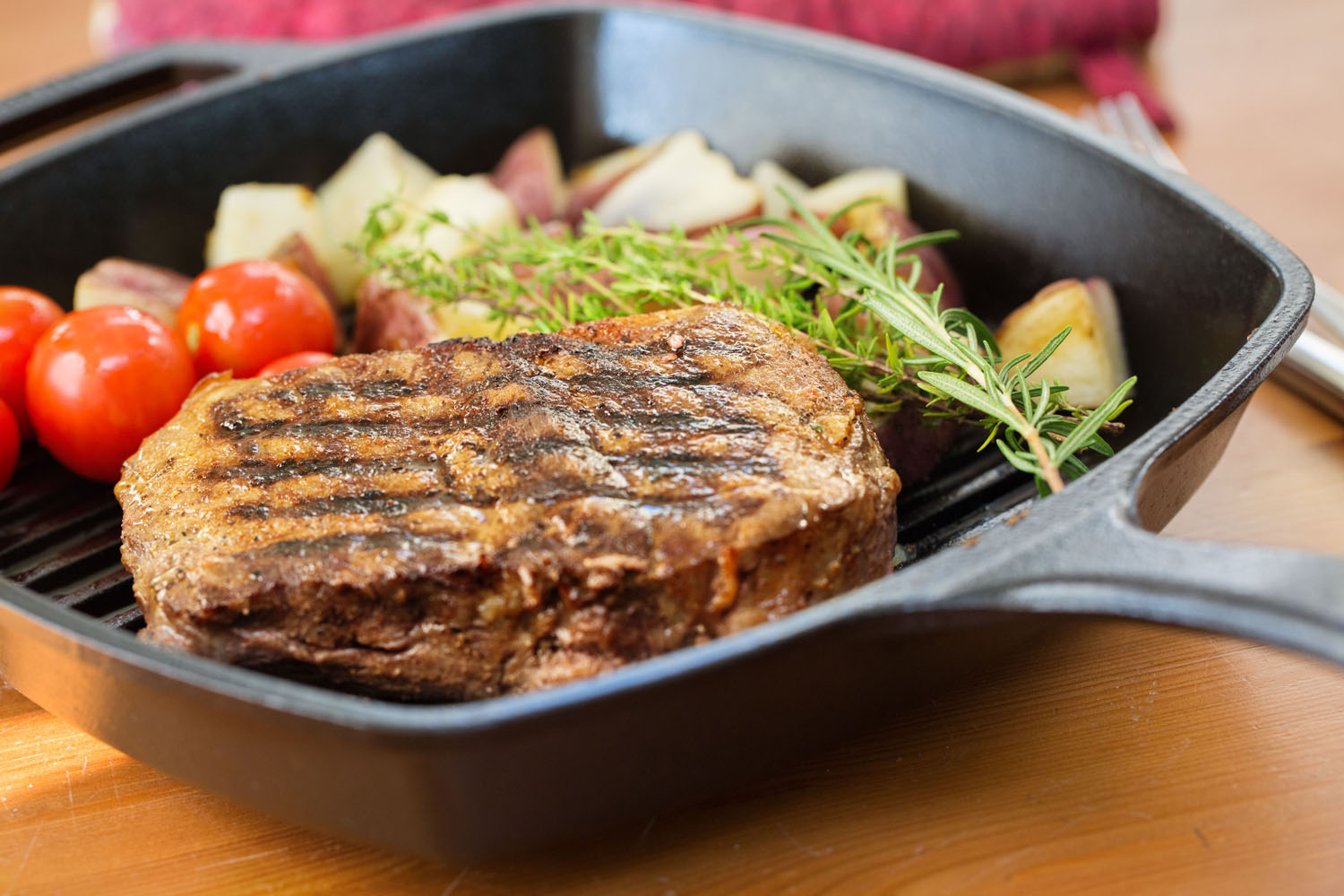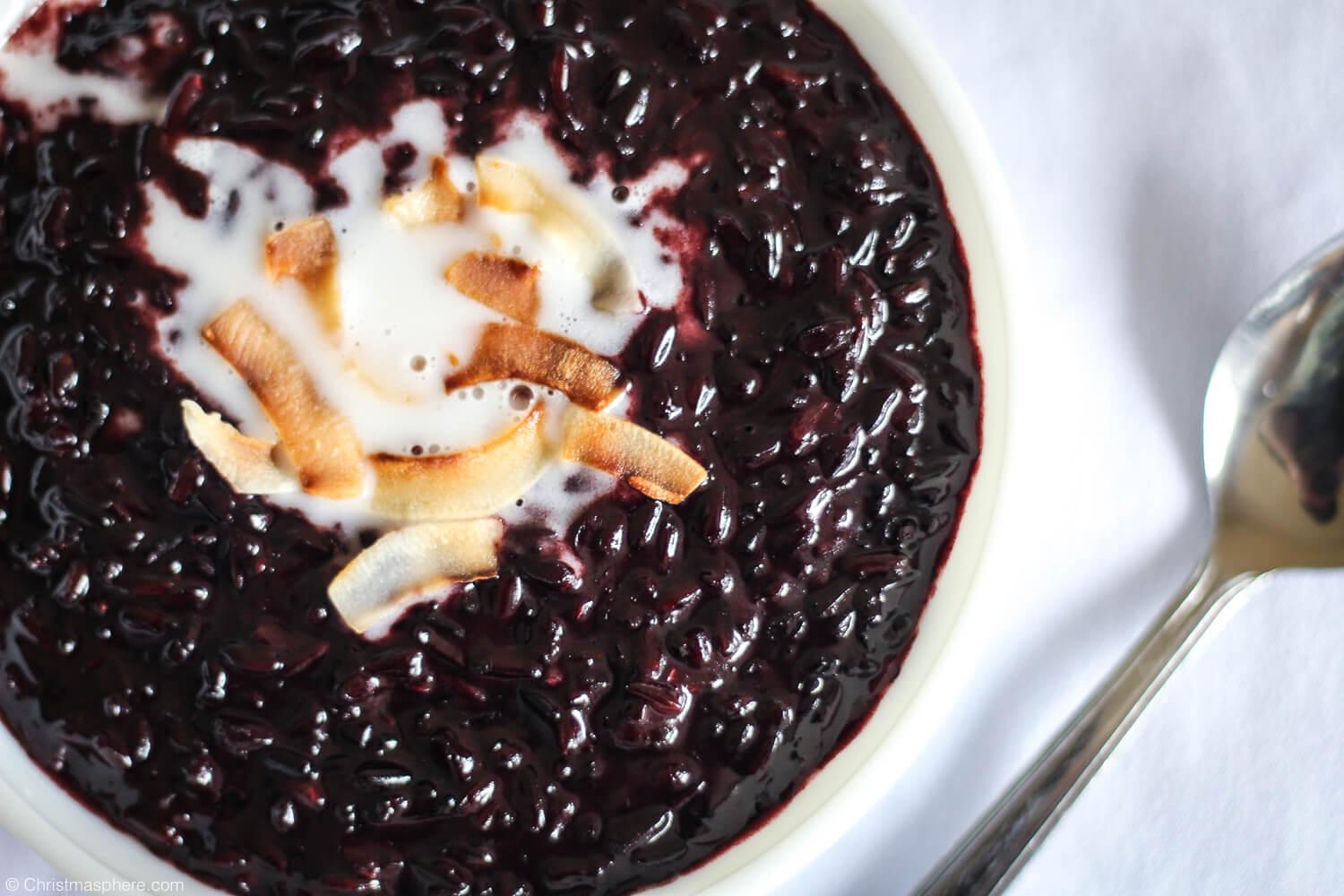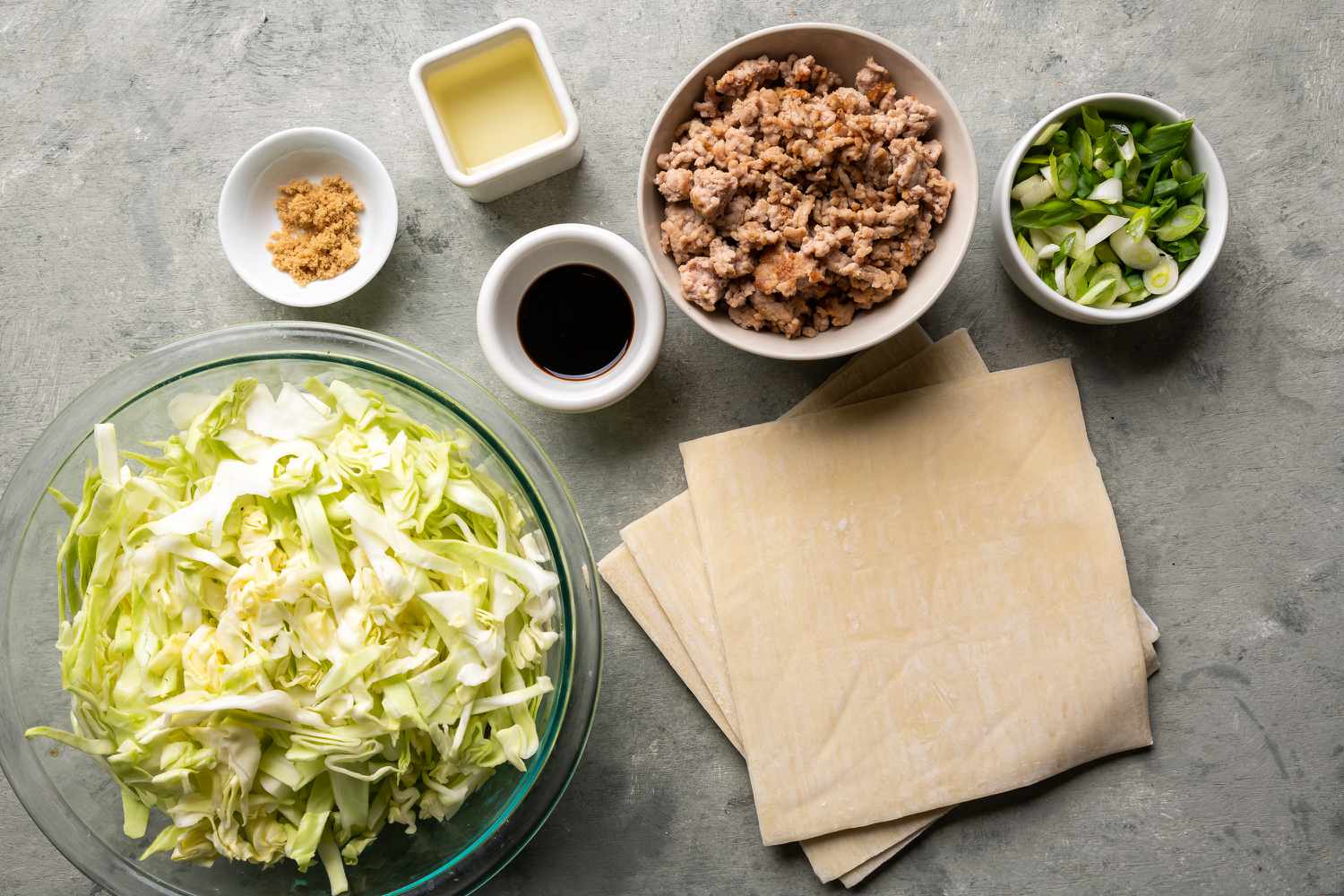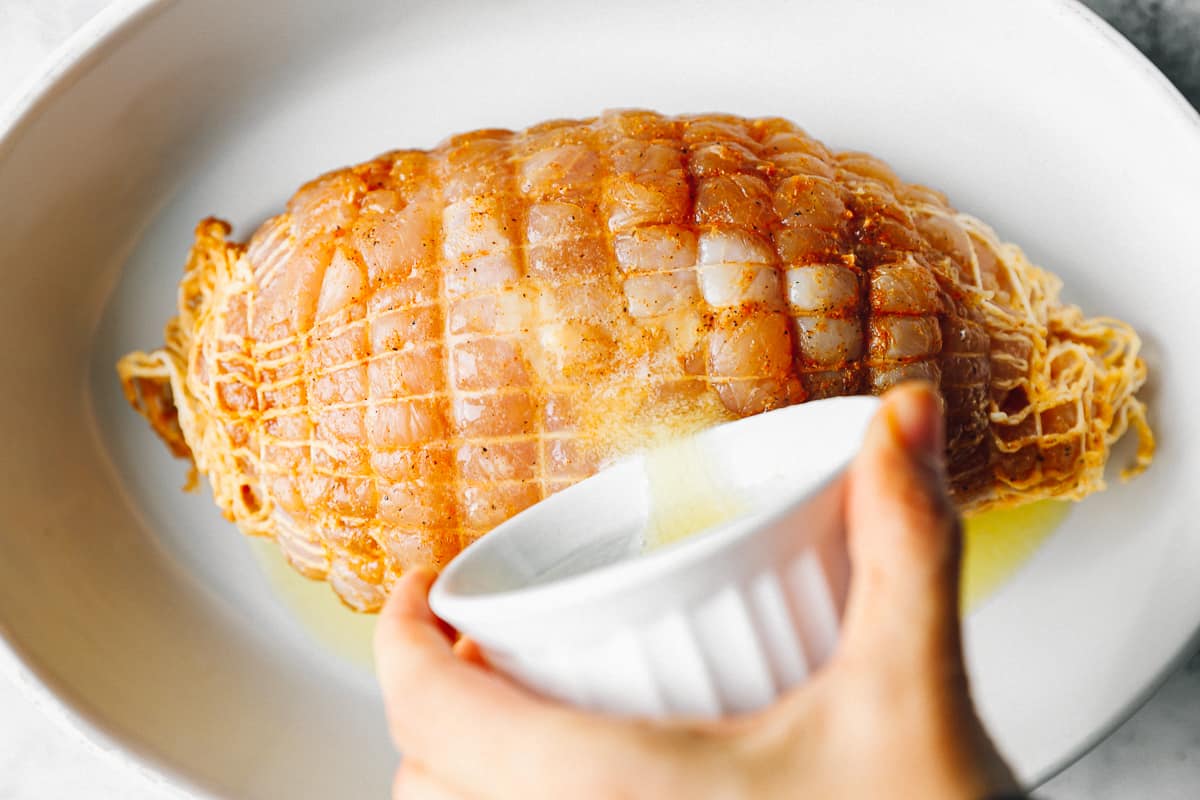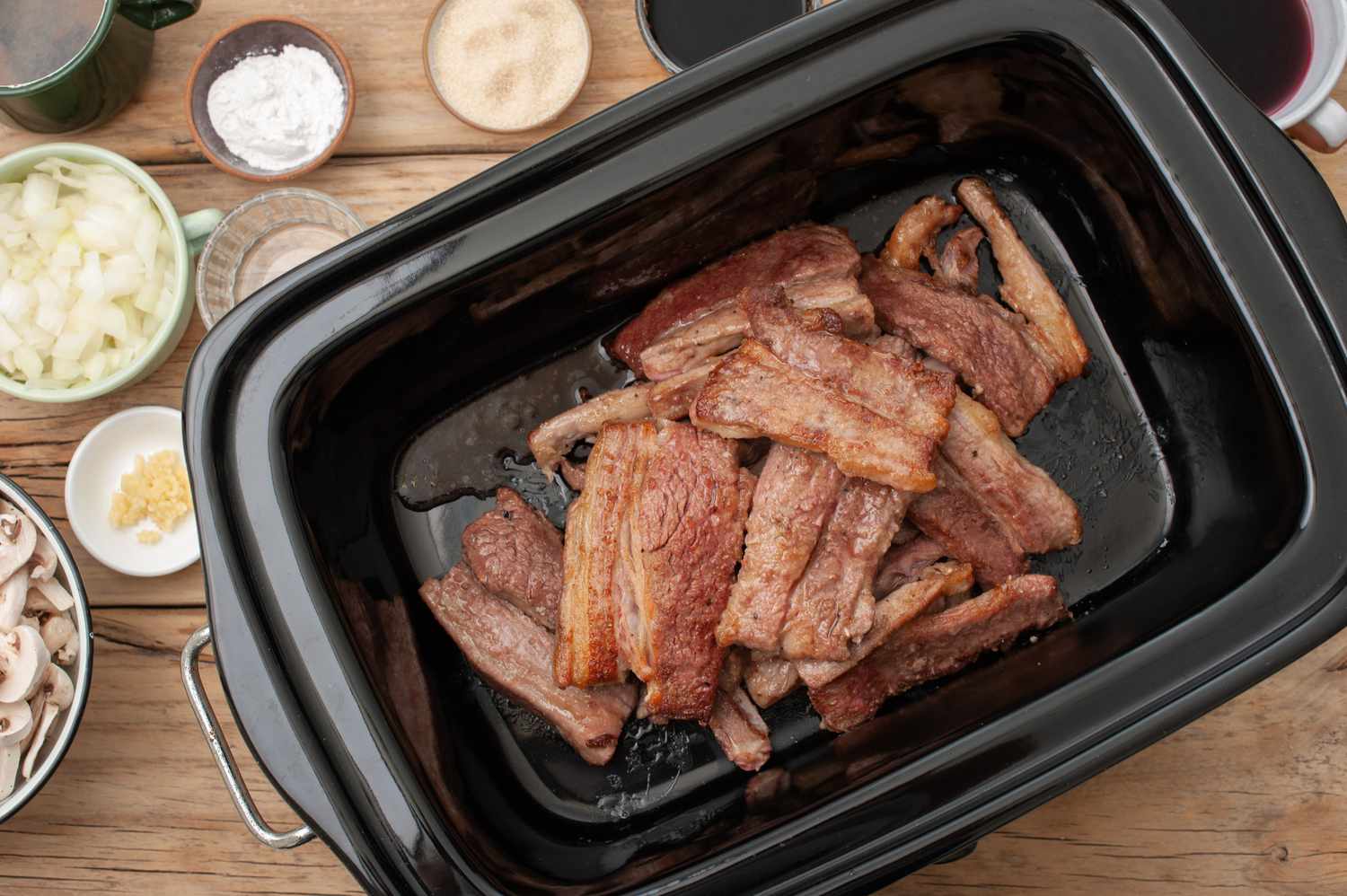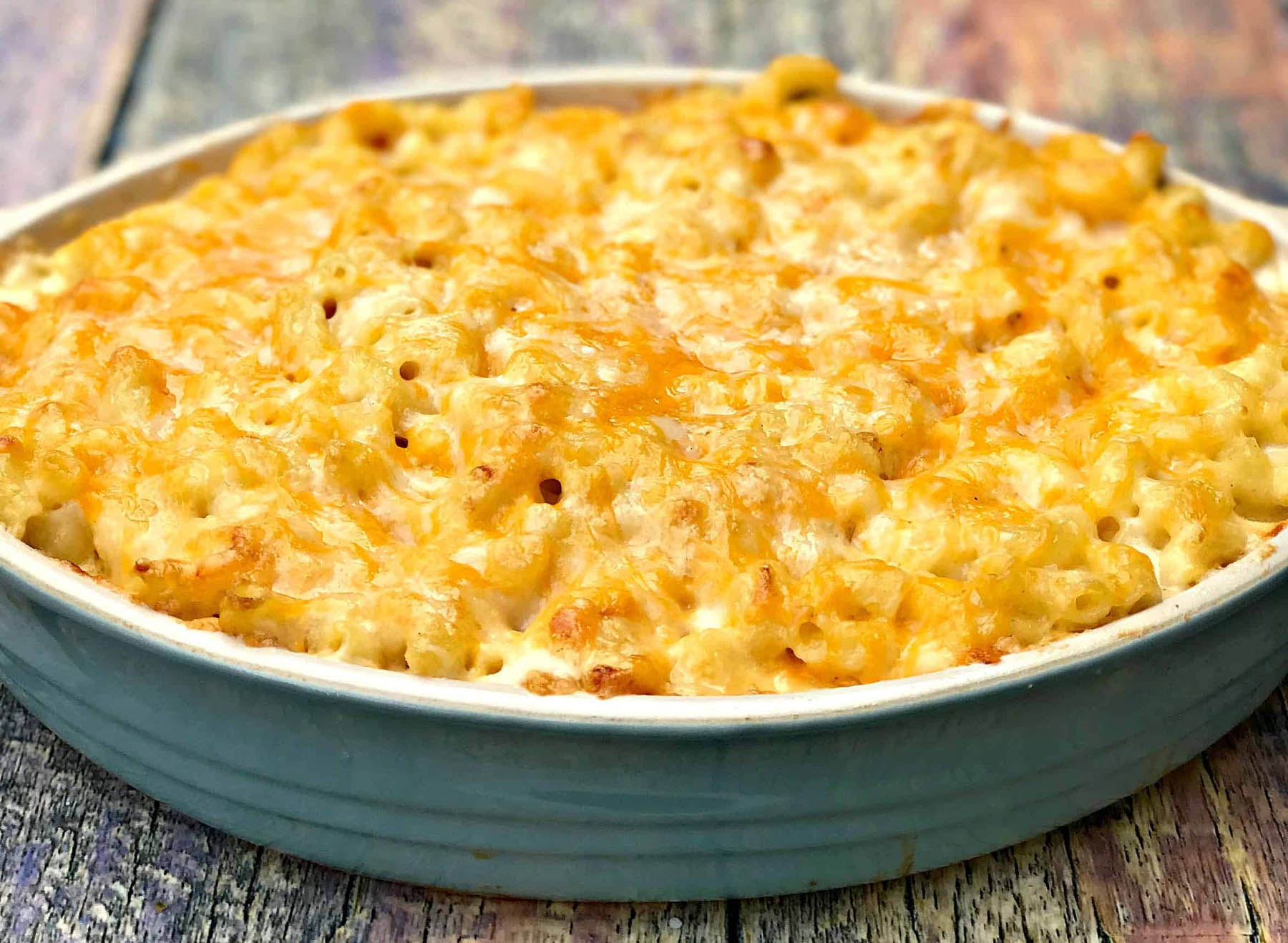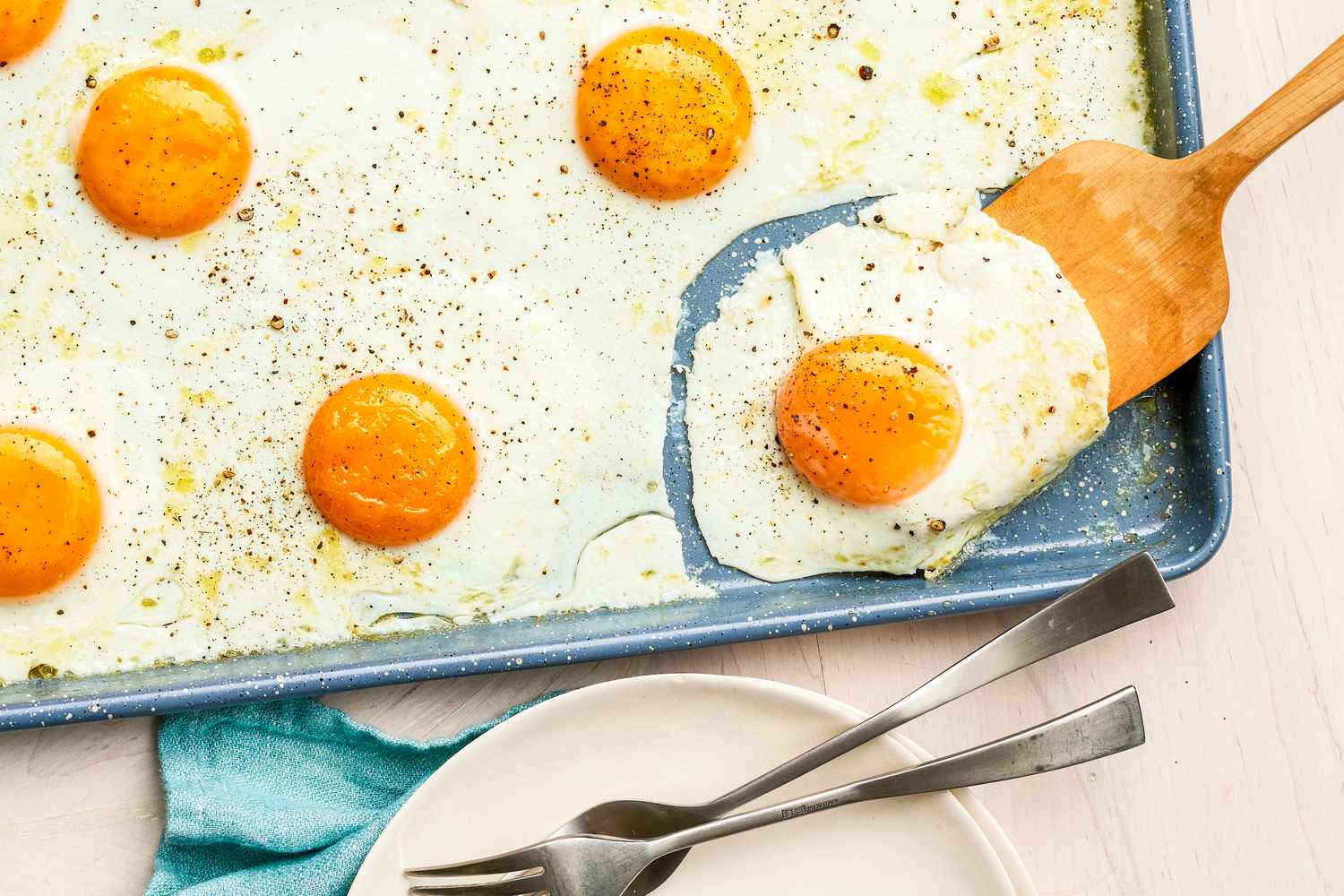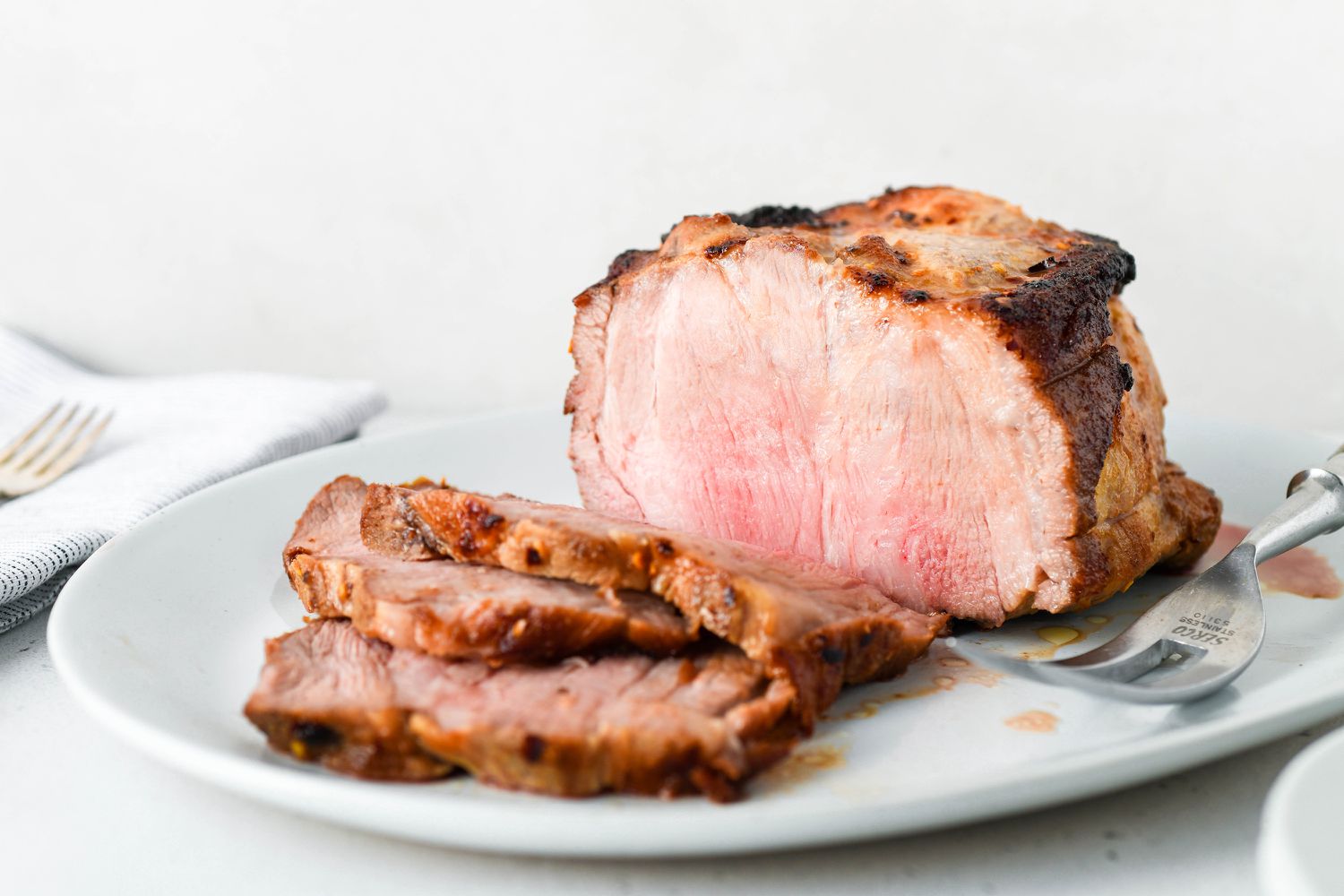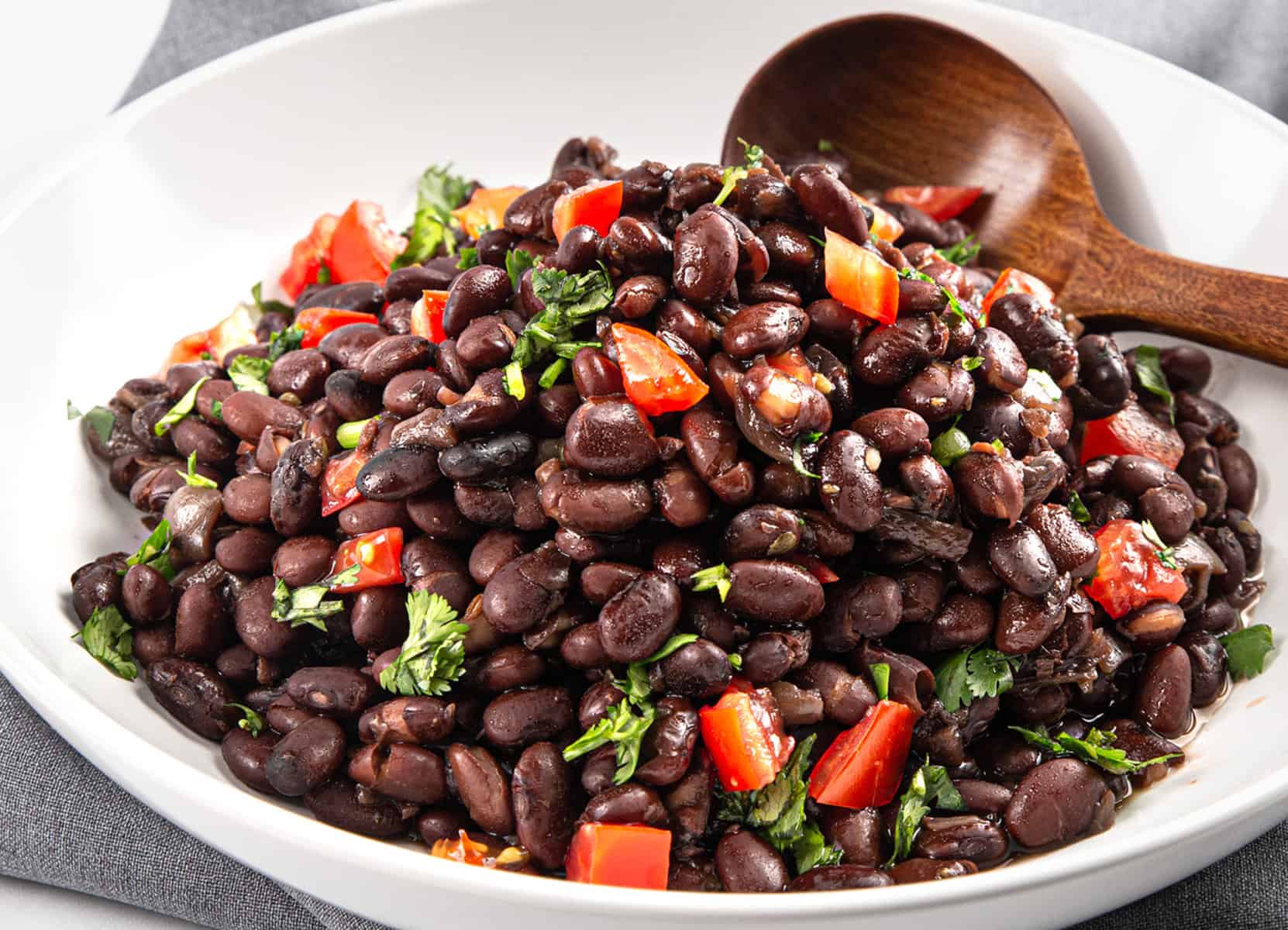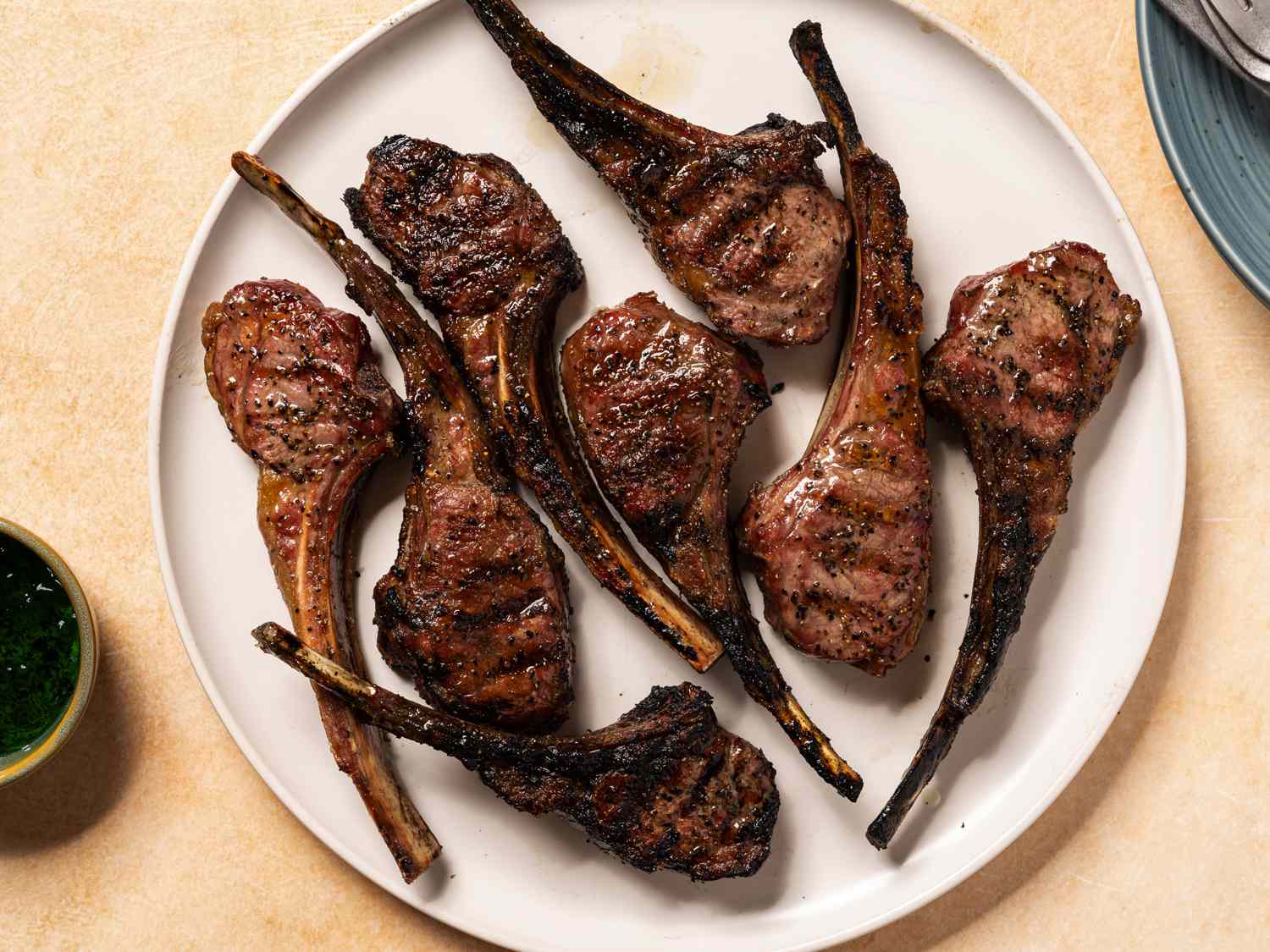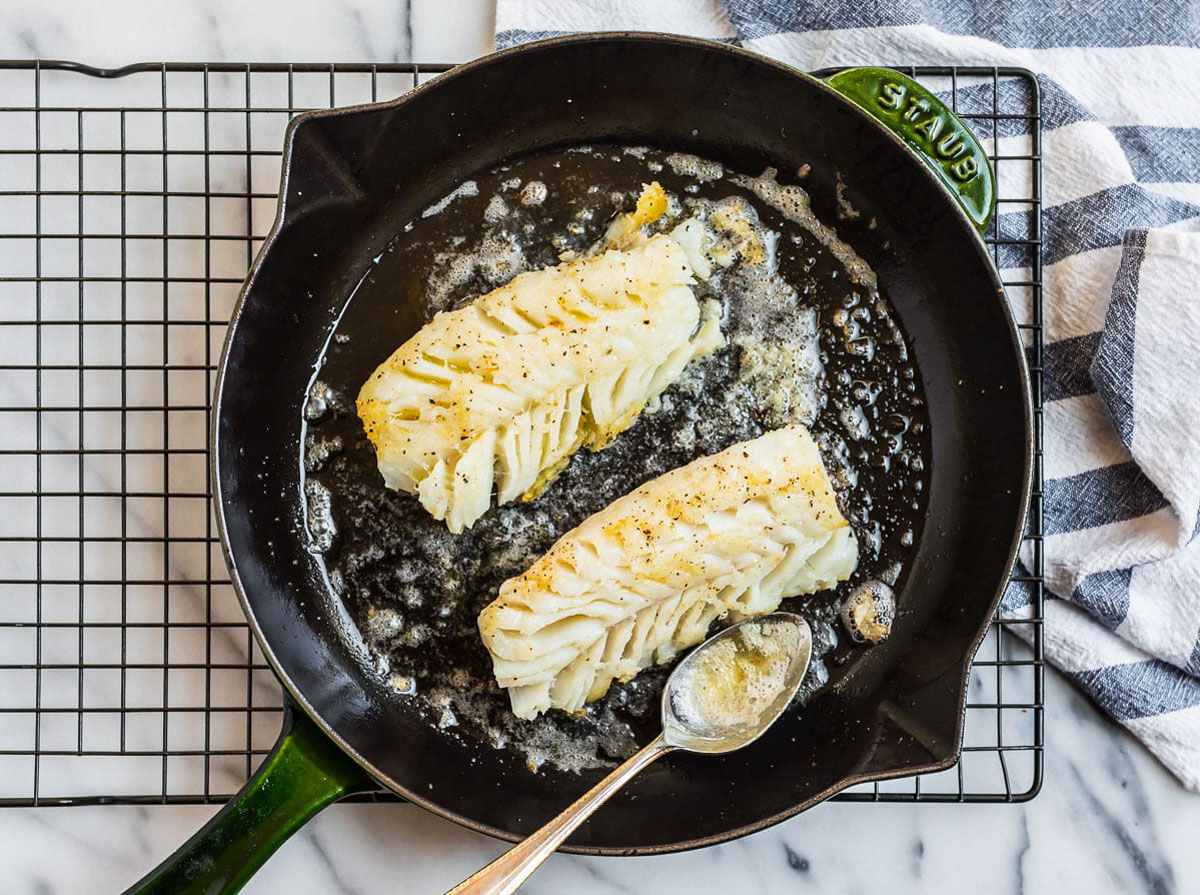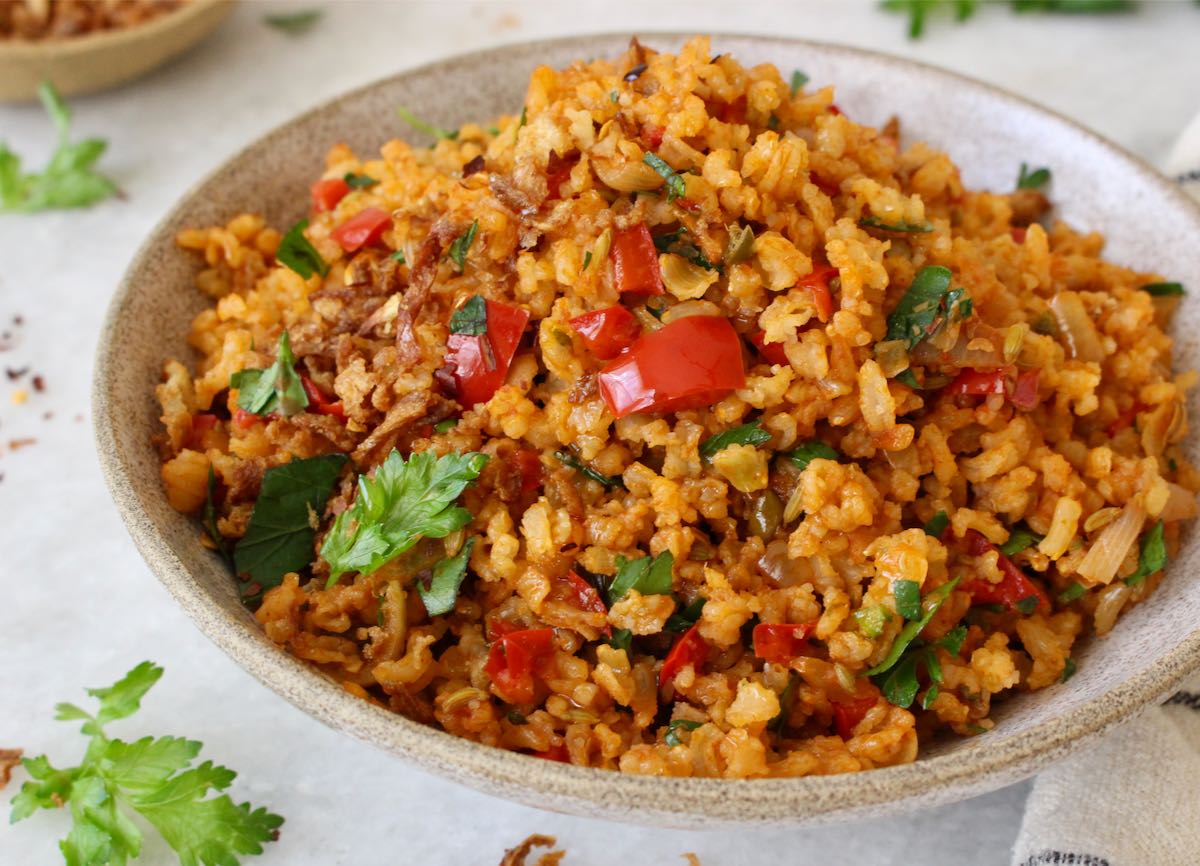Jam-Making: How to Select the Best Fruit
When it comes to making delicious homemade jam, selecting the best fruit is the key to success. The quality and flavor of the fruit will directly impact the final outcome of your jam. Here are some tips to guide you in choosing the perfect fruit for your jam-making endeavors.
1. Opt for Fresh and Ripe Fruit
For the best flavor and texture in your jam, it’s important to select fresh and ripe fruit. Ripe fruit not only tastes better but also contains more natural pectin, which helps the jam set properly. Look for fruits that are brightly colored, fragrant, and slightly yielding to the touch.
2. Choose Seasonal Fruits
Seasonal fruits are at their peak flavor and are therefore ideal for making jam. They are also more affordable and readily available during their respective harvest times. Take advantage of the abundance of ripe fruits during the summer or fall and create delicious seasonal jams that capture the essence of the fruit.
3. Consider the Fruit’s Pectin Content
Pectin is a natural substance found in fruits that helps the jam thicken and set. Some fruits, such as apples, citrus fruits, and berries like blackberries and currants, have high pectin content and are excellent choices for jam-making. If you prefer to use fruits with lower pectin content, you can always add commercial pectin to ensure proper gelling.
4. Balance the sweetness and acidity
The balance between sweetness and acidity is crucial in creating a well-rounded and flavorful jam. Consider the natural sweetness and acidity of the fruit you are using and adjust accordingly. If the fruit is too sweet, adding a squeeze of lemon juice can brighten the flavor. On the other hand, if the fruit is too tart, adding a bit more sugar can help balance the acidity.
5. Go for Organic and Locally Grown
If possible, choose organic and locally grown fruits for your jam-making endeavors. Organic fruits are free from harmful pesticides and chemicals, ensuring a healthier and more natural jam. Locally grown fruits are not only fresher and more flavorful but also support local farmers and reduce the carbon footprint associated with transportation.
6. Experiment with Flavor Combinations
Don’t be afraid to get creative and experiment with different fruit combinations to create unique flavor profiles in your jam. Mixing fruits like strawberries and rhubarb or peaches and raspberries can result in delightful and unexpected flavor combinations. Let your taste buds guide you and have fun exploring new possibilities.
- Use fresh and ripe fruit
- Choose seasonal fruits
- Consider the pectin content of the fruit
- Balance the sweetness and acidity
- Opt for organic and locally grown fruits
- Experiment with flavor combinations
By following these tips, you can confidently select the best fruit for your jam-making adventures. Remember, the quality of your ingredients is the foundation for a delicious and satisfying homemade jam. So, head to the farmers market or pick your own fruit, and let your creativity flow in the kitchen!
Was this page helpful?
Read Next: Massaman Curry With Chicken And Wheat Beer
